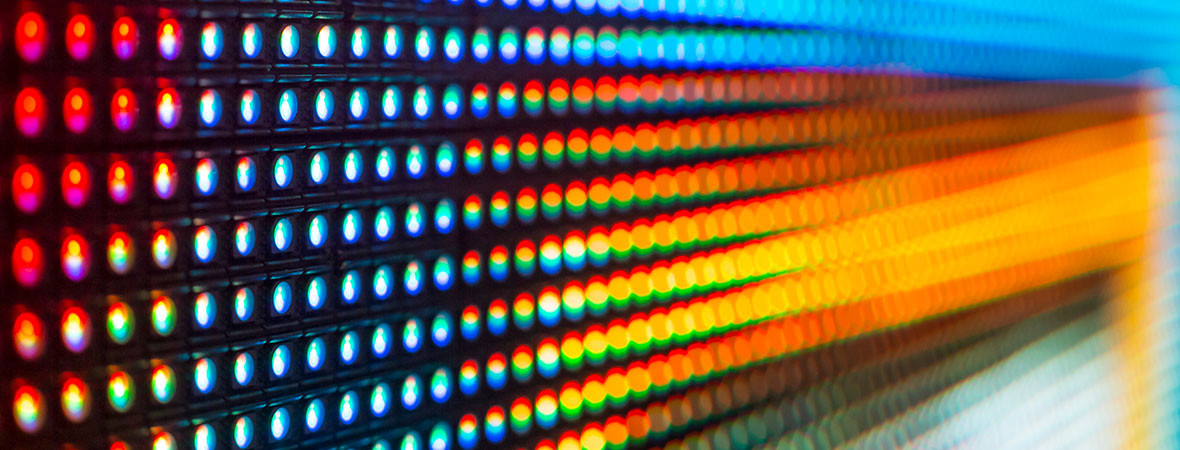
The development of Li-Fi
Li-fi is a new form of wireless technology that transmits data up to 100 times faster than conventional Wi-Fi, promising to revolutionise the way in which we transmit data on a smartphone or computer.
This wireless technology uses flickering LED lights to transmit up to 1 gigabit per second, vastly faster than current Wi-Fi data speeds which average around 11 megabits per second.
How it Works
Li-Fi uses a technique called Visible Light Communication, where rapid light signals are used to flash data to nearby computers and smartphones.
Invisible to the naked eye, these rapid flashes are emitted by a special type of LED bulb and arranged in an on-off sequence that conveys data in a binary sequence.
The technology first came to public attention nine months ago following a series of trials at Oxford University, where researchers were able to achieve speeds of up to 224 Gbps in a laboratory environment, speeds fast enough to allow users to download eighteen 1.5GB movies in a single second.
Testing its Power
This week, researchers at Estonian start-up Velmenni announced the completion of a series of public trials that saw successful tests in commercial environments, and they’re planning to take the product to market as soon as possible.
Velemnni’s researchers were able to achieve speeds of up to 1 gigabit per second using Li-Fi in typical office and residential settings, a lot less than the 224 Gbps possible in a laboratory environment, but 100 times faster than existing Wi-Fi speeds.
A Future with Li-Fi
Researchers have forecasting that with the right LED bulb system, speeds of at up to three terrabits per second are theoretically possible Li-Fi, enough to download thousands of hours of television, film or music content in under ten seconds.
Harold Haas, one of the pioneers of Li-Fi technology, has previously claimed that in the future every LED lightbulb could potentially be used as an ultra-fast alternative to Wi-Fi.
"We have the infrastructure there," Haas said in a TED Talk demonstrating Li-Fi. "All we need to do is fit a small microchip to every potential illumination device and this would then combine two basic functionalities: illumination and wireless data transmission”.
It’s still too early to tell whether Li-Fi will shove aside Wi-Fi and replace it as the primary means of using data on your smartphone, but the early results look promising.
If you’re interested in learning more about the potential impact of Li-Fi, you can watch Haas’s TED talk. Otherwise, it you'd like to learn more about the potential future with Li-Fi, Techly have put together a great article.
